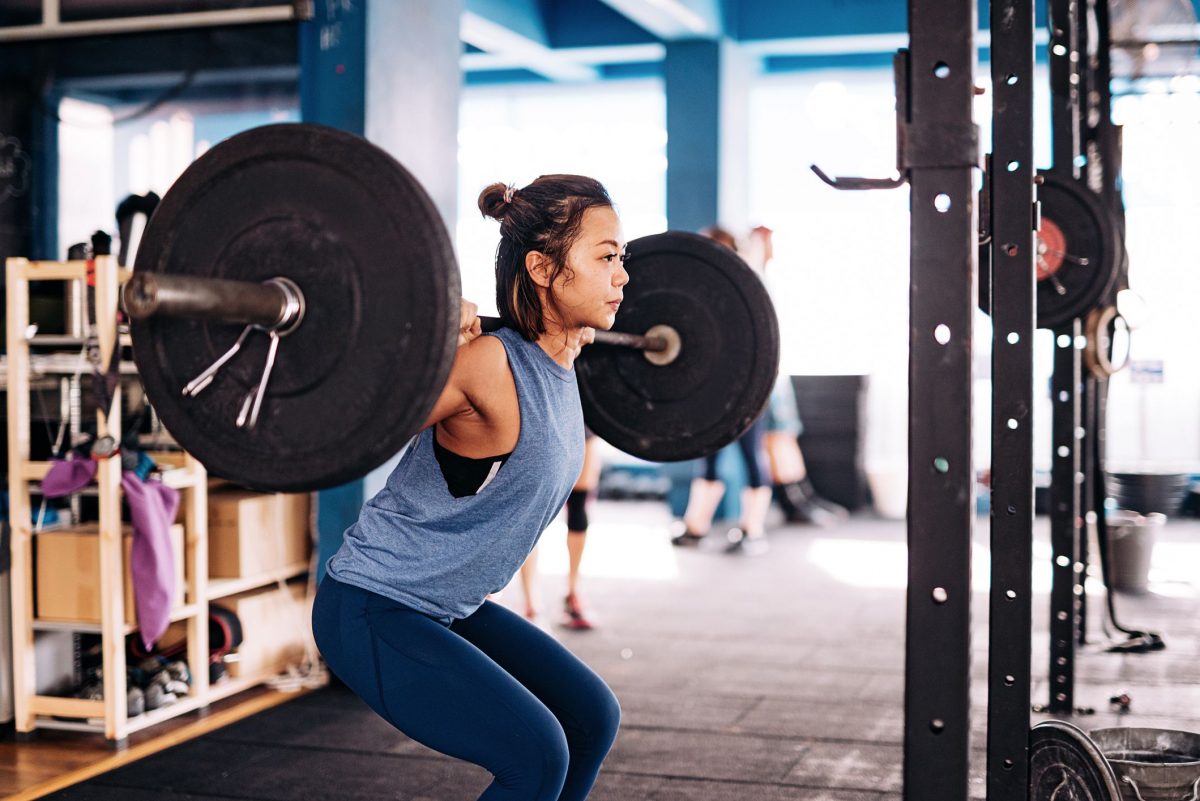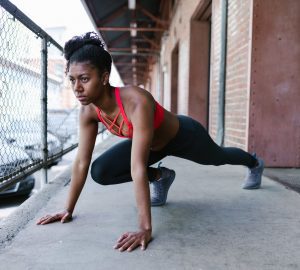The squat rack, often considered the cornerstone of any strength training routine, holds the key to unlocking your lower body’s potential. Whether you’re a seasoned lifter or a beginner taking your first steps into the world of weightlifting, mastering the proper techniques on the squat rack is crucial for both safety and maximizing gains. In this comprehensive tutorial, we’ll break down the essential components of using the squat rack effectively.
Why the Squat Rack?
The squat rack, also known as a power rack or a squat cage, is a versatile piece of equipment that offers safety and support during various exercises. While its name suggests its primary use for squats, it’s equally valuable for exercises like bench presses, overhead presses, and even pull-ups when equipped with the necessary attachments making it a great piece of equipment to include in your home gym.
Setting Up the Squat Rack:
- Adjust the Safety Pins: Start by adjusting the safety pins to an appropriate height. For squats, position them just below your lowest point in the squat motion. This ensures that the barbell won’t go below a safe depth.
- Barbell Positioning: Position the barbell at a comfortable height on the rack. Ensure it’s centered and balanced.
- Foot Placement: Stand under the bar with your feet shoulder-width apart. Your toes should point slightly outward.
Squatting with Proper Form:
- Brace Your Core: Engage your core muscles before unracking the bar. This provides stability to your spine.
- Unracking the Bar: Lift the barbell off the rack using a firm grip, keeping your elbows pointing downward. Take a step or two back to clear the rack.
- Initiating the Squat: To begin the squat, hinge at your hips and push them back, then bend your knees. Keep your back straight and your chest up throughout the movement.
- Depth: Aim to squat until your thighs are at least parallel to the ground. Going deeper can activate more muscles but requires proper mobility.
- Pushing Up: Push through your heels to stand back up. Focus on driving your hips forward as you ascend.
- Breathing: Inhale before descending and exhale as you push up. Breathing rhythmically helps stabilize your core.
Safety Measures:
- Use the Safety Pins: If you’re new to lifting or pushing your limits, set the safety pins at a height where they’ll catch the bar if you can’t complete the lift.
- Use Collars: Always use collars to secure the weights on the barbell. This prevents them from sliding off during your set.
Benefits of Squatting:
- Strength Building: Squats are a compound movement that engages various muscle groups simultaneously, including the quadriceps, hamstrings, glutes, and lower back.
- Functional Fitness: The strength gained from squats translates to improved performance in daily activities and sports.
- Hormonal Response: Squats, being a large muscle group exercise, trigger a hormonal response that can aid in muscle growth and fat loss.
- Bone Health: Weight-bearing exercises like squats contribute to bone density and overall bone health.
Common Mistakes to Avoid:
- Knee Positioning: Avoid allowing your knees to collapse inward. Keep them aligned with your toes.
- Arching the Lower Back: Maintain a neutral spine throughout the movement. Avoid excessive arching or rounding of the lower back.
- Overloading: Start with an appropriate weight that allows you to maintain proper form. Gradually increase the weight as your strength improves.
- Rushing: Perform squats with control. Avoid rapid or jerky movements that can lead to injury.
Variations of Squats:
- Front Squats: The barbell is placed on the front of your shoulders. This variation emphasizes the quadriceps and core.
- Sumo Squats: With a wider stance and toes pointing outward, this targets the inner thighs and glutes.
- Overhead Squats: The barbell is held overhead. This enhances core stability and shoulder mobility.
In Conclusion:
The squat rack or power rack cage is a powerhouse for building lower body strength and overall fitness. Mastering proper form and technique is the key to safe and effective squats. As with any exercise, start with lighter weights and focus on nailing the form before progressing to heavier loads. Remember, consistency is key, and gradual progress will yield the best results. Whether you’re aiming for muscle gain, fat loss, or improved functional fitness, the squat rack will undoubtedly be a crucial tool in your journey. So step up, lift with intention, and reap the rewards of one of the most fundamental strength-building exercises in your fitness arsenal.








